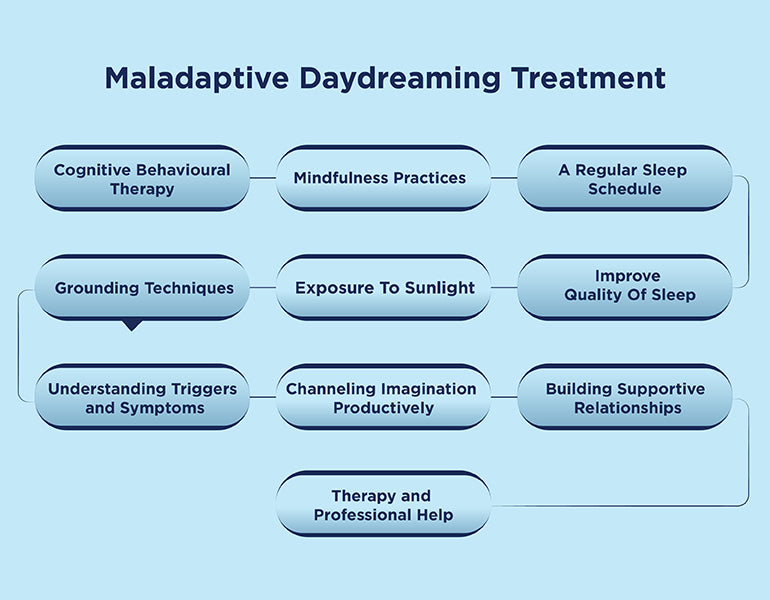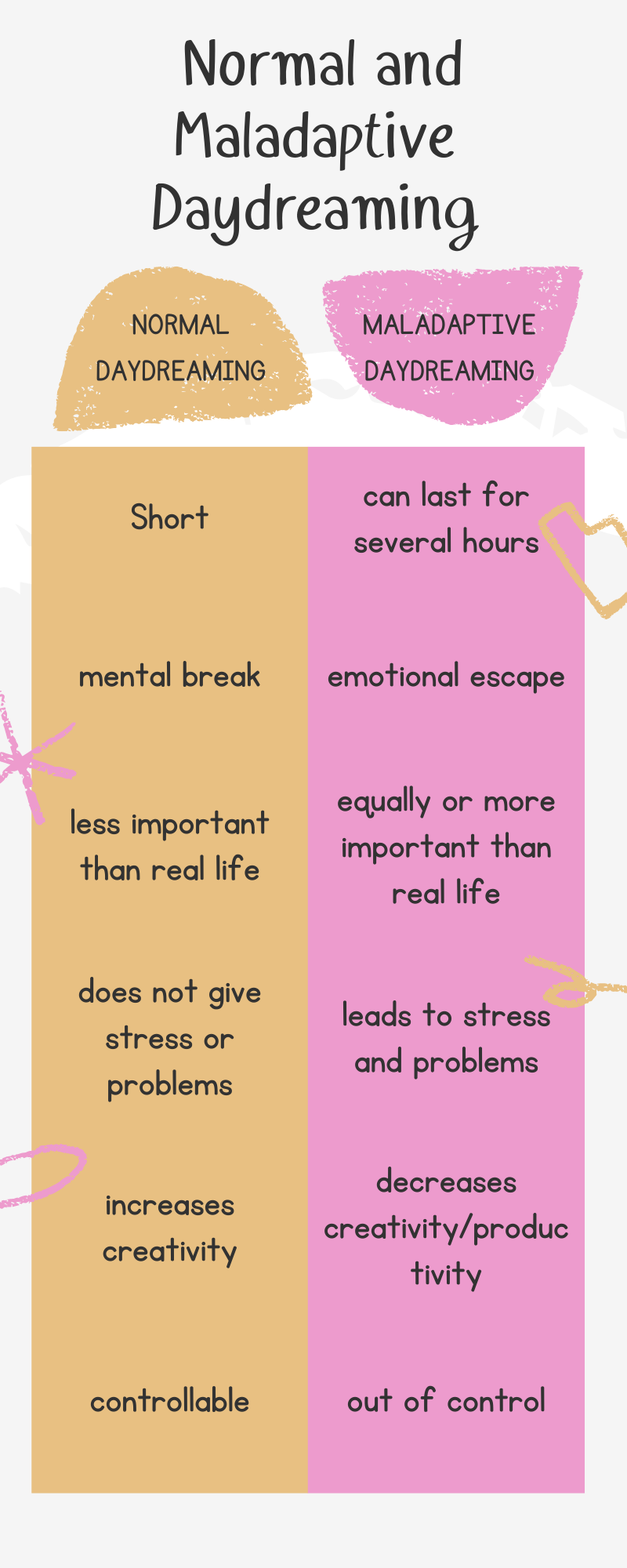Well, I’ve always been curious about this maladaptive daydreaming thing. So, I decided to take the test and figure out how to interpret the results. First off, I found a test online. It was a bunch of questions about how often I daydream, what kind of daydreams I have, and how it affects my daily life.
I sat down at my desk, opened my laptop, and started answering those questions. It was kind of weird thinking about all the times I zoned out into my own little fantasy world. Some questions were easy to answer, like how long I usually daydream at a time. But others made me really think, like if my daydreams were interfering with my work or relationships.

After I finished answering all the questions, I hit the submit button. Then, I waited for the results to pop up. It felt like forever! Finally, the results page showed up. There were a bunch of numbers and graphs, and I was like, “What the heck does all this mean?”
I remembered I should look for some tips from the pros. So, I started searching on the internet. I read a few articles written by psychologists. One expert said that if your score on the test was high, it might mean you have a more serious problem with maladaptive daydreaming. But it’s not just about the score. You also have to look at how it’s affecting your real life.
For example, if you’re missing work or school because you’re too busy daydreaming, that’s a red flag. Another thing the experts said was to pay attention to the themes of your daydreams. If they’re always about the same thing, like being famous or in a perfect relationship, it could show that you’re trying to escape from something in your real life.
I compared my results with what the experts said. My score was kind of in the middle. I realized that while I do daydream a lot, it’s not really stopping me from doing my normal stuff. But I also noticed that my daydreams are often about traveling to places I’ve never been. That made me think that maybe I’m a little bored with my everyday routine and I need to find some new adventures.

Overall, interpreting the maladaptive daydreaming test results was a bit of a process. It wasn’t as simple as just looking at a number. You really have to think about how your daydreaming is fitting into your life. And it’s always a good idea to get some advice from the pros. Now, I feel like I have a better understanding of myself and my daydreaming habits, and I’m ready to make some changes if I need to.

